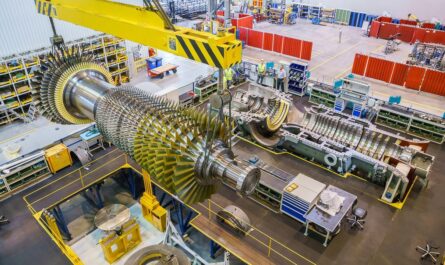The Rise of Electric Scooters
Over the past few years, electronic scooters have rapidly increased in popularity as a new mode of transportation in many cities. Once seen as toys, e-scooters are now a serious micro-mobility option for short trips and last-mile connections to public transit. Several factors have contributed to their rise, including growing concerns over traffic, air pollution, and the climate crisis. E-scooters provide an emissions-free and space-efficient way to travel that is also fun and affordable for many users.
Transportation Startups Make E-Scooters Ubiquitous
Transportation technology startups like Lime and Bird were among the first to recognize e-scooters’ potential and launched ambitious rollouts in hundreds of cities worldwide. By dropping fleets of dockless e-scooters overnight via GPS tracking, these companies made scooter-sharing universally accessible virtually overnight. Others like Spin and Skip soon followed, competing to deploy the largest numbers of vehicles. Cities were initially caught off guard by the sudden influx but have since adapted regulations to nurture micromobility options where appropriate.
An Economical and Convenient New Commute
For many riders, E-Scooters provide an inexpensive alternative to driving, ride-sharing, biking, or public transit for short trips under five miles. A single scooter ride often costs just a few dollars to unlock and a fraction of a dollar per minute after, competitive with other commute modes. But electronic scooters are even more convenient than walking, allowing riders to travel much further distances in less time. Their portability also makes them well-suited for first and last mile connections at transit stations, bridging the gap when bikes may be impractical. As a result, scooters have found widespread adoption among workers, students and tourists exploring city centers.
The Appeal of Fun, Fast and Green Travel
In addition to affordability and convenience, electric scooters simply provide an enjoyable transportation alternative for many. Gliding swiftly through city streets and bike lanes with the push of an accelerator is a thrill, offering a sense of freedom and adventure missing from sedans stuck in traffic. For those seeking physical activity as well, e-scooters satisfy without excessive exertion. And the environmental benefits of zero emissions travel appeal to eco-conscious commuters. A new generation values sustainability alongside amenities, and scooters deliver on both fronts as public transit increasingly does. These experiences have powered e-scooters’ spectacular rise beyond any expectations.
Staying Safe with Proper Training And Infrastructure
Of course, the fun of electronic scooters comes with safety responsibilities that require adjustment. Accident and injury rates, while still low compared to other modes, have increased as more riders take to city streets without proper training. Following local laws like requiring helmets and operating scooters similarly to bicycles can help reduce risks. Cities also play a role, with investments in protected bike lanes and low-traffic routes encouraging safe scooter commuting. Educating new riders remains important as well, whether through startup apps or local programs. With shared responsibilities, cities and companies can help riders harness e-scooters’ potential while keeping streets safe for all.
Sustainability Through Sharing and Standardization
To maintain their environmental benefits, electric scooter programs must also focus on sustainability over the long run. Sharing models allow for higher vehicle utilization rates than individual ownership, minimizing emissions from manufacturing. Standardizing parts and batteries among fleets streamlines maintenance and repair. Scooters can then have second and third lives beyond a single operator. With smart product designs and “green” business practices, micromobility providers and cities are working to maximize e-scooters’ lifespan while minimizing their footprint—key for cementing scooters as a long-term transit solution. Further innovation will continue optimizing this evolution to more sustainable urban transportation.
The Future is Electric
It’s clear that despite early growing pains, electric scooters have cemented their role as a popular micromobility option in cities worldwide and will only continue expanding their reach. As proper infrastructure, regulations and rider education programs progress in parallel, their ability to provide quick, clean and affordable trips will be more fully realized. With ongoing improvements in design, reuse programs and electric vehicle technology, e-scooters promise even lower environmental impacts and higher performance.
In Summary, as younger commuters who came of age amid climate change increasingly drive policy, micromobility modes will enjoy growing priority and investment. The future of urban transportation is shaping up to be electric.




